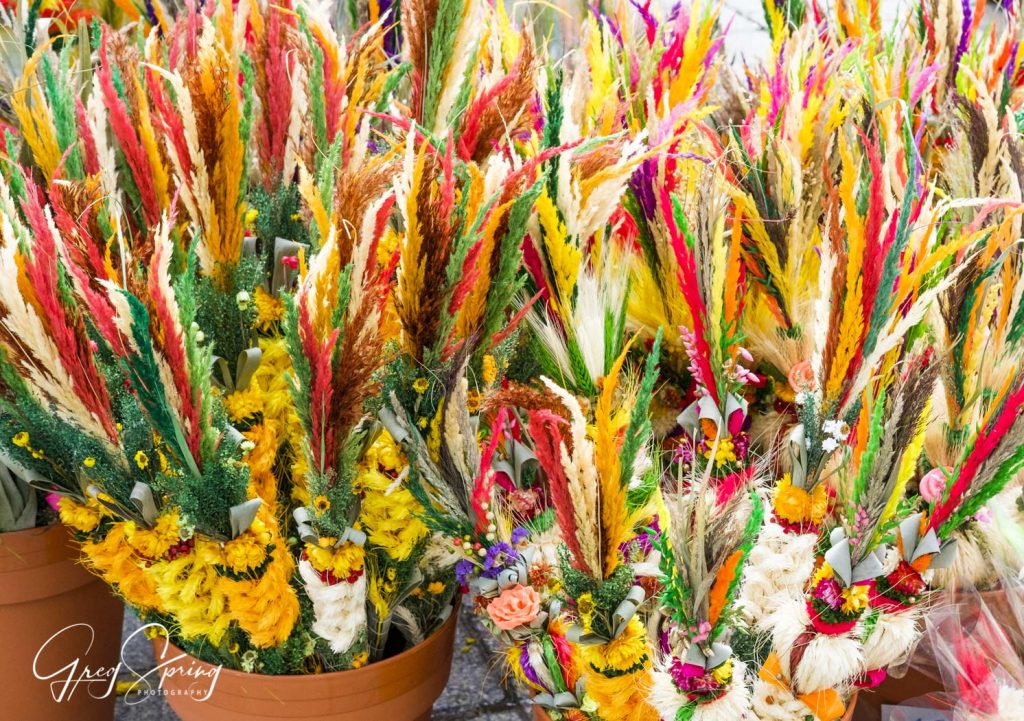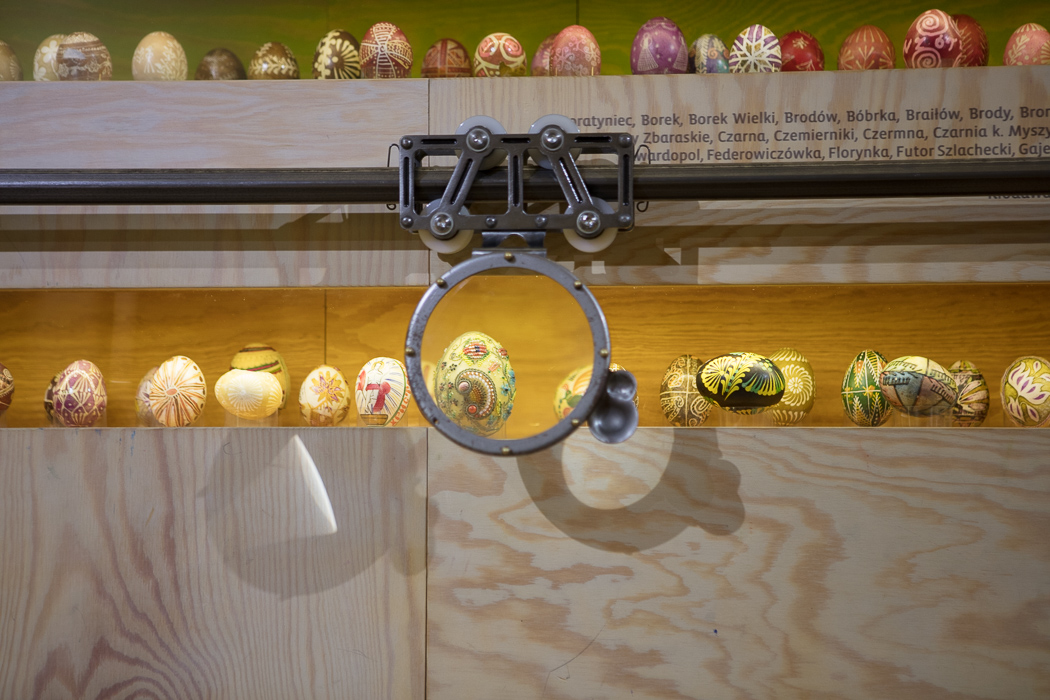“Do not abandon yourselves to despair. We are the Easter people and hallelujah is our song” _________Pope John Paul II
Seasons, nature, light and behaviour: our triggers to pay attention to the cycle of life. One portent of an oncoming season are birds and their activities. In Poland, the stork is treasured as a folk symbol and adjudicator of spring. Every year, while winter may still be holding the month of March in its talons, the storks return from their equatorial winter quarters in Africa. They then begin their annual rite of nesting, mating, and egg-laying in the frigid dawns and twilights of northern Europe. The activities associated with renewal, propagation and new life admonish the obstinate winter to surrender to the light. Stork symbols are included with decorations at Easter festivals in Poland. Slavs believe that if a stork nests on your roof or on your property, it is lucky because they bestow mysterious powers of fertility and prosperity on the family. These ideas are all paradigms of Easter, a season of resurrection and triumph over death and, a very big deal in Polish culture.

A stork and its nest in Estonia, 2016.
The word, Easter, comes from Ēostre, the name for the Teutonic goddess of dawn, spring and fertility. The festivals of Ēostre were connected with the full moon of spring and held on the Vernal Equinox. On the church calendar, Easter is always on the Sunday following the first full moon of spring. This comes from the pre-Christian practices when the goddess, Ēostre was divine and a full moon after the Vernal Equinox was the signal to begin the planting season. Ēostre‘s daemon was the rabbit, and that, my friends, is why we have an Easter bunny coming at us from way beyond the advent of Christianity. The chocolate rabbit, however, is for another story.

Amidst the practices of ancient Slavic agrarian societies, the life culture of the farm linked to the observances of the church calendar. Death or “Winter” is fading and the Light which is “Spring” begins dominating the grey days. The Earth as the “Grave” is ploughed and overturned, and seeds are sown in preparation for the “Resurrection” of Life which arise as the fruits of earth to sustain the family body through the coming year.

From the collection at the Ethnographic Museum of Kraków
The Drama of the Holy Week
On Palm Sunday, the start of Holy Week drama, symbolic dried wheat stalks from the previous year’s harvest become a part of the solemn rites. Natural honey-colored sprays evoke images of the palm fronds laid on the ground in ovation before Jesus as he rode into the city of Jerusalem. Palms are not indigenous to Poland, so creations of natural fibers and plant materials are blessed in church instead. These palemki or little palms, are constructed from branches of arborvitae, spruce, boxwood, and pussy willows. Dried or artificial flowers made from tissue and crepe paper are fastened to the branches. These are often festooned with colorful ribbons. The “palms” might be as long as your arm or, carried by children, they can be small and sweet. They are also constructed outdoors like totem structures some as high as four meters. The tall towering palmy are erected in the village squares and town centers as part of festive holy day celebrations.
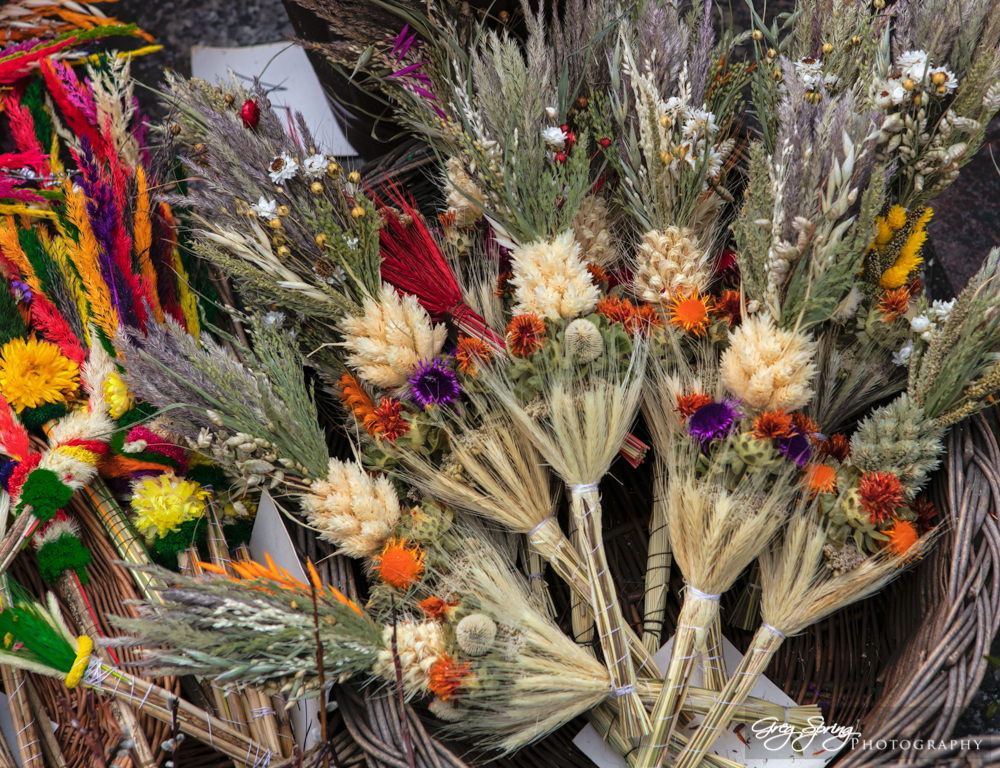
“Those who go out weeping, carrying seed to sow, will return with songs of joy, carrying sheaves with them.” Psalm 126: 6
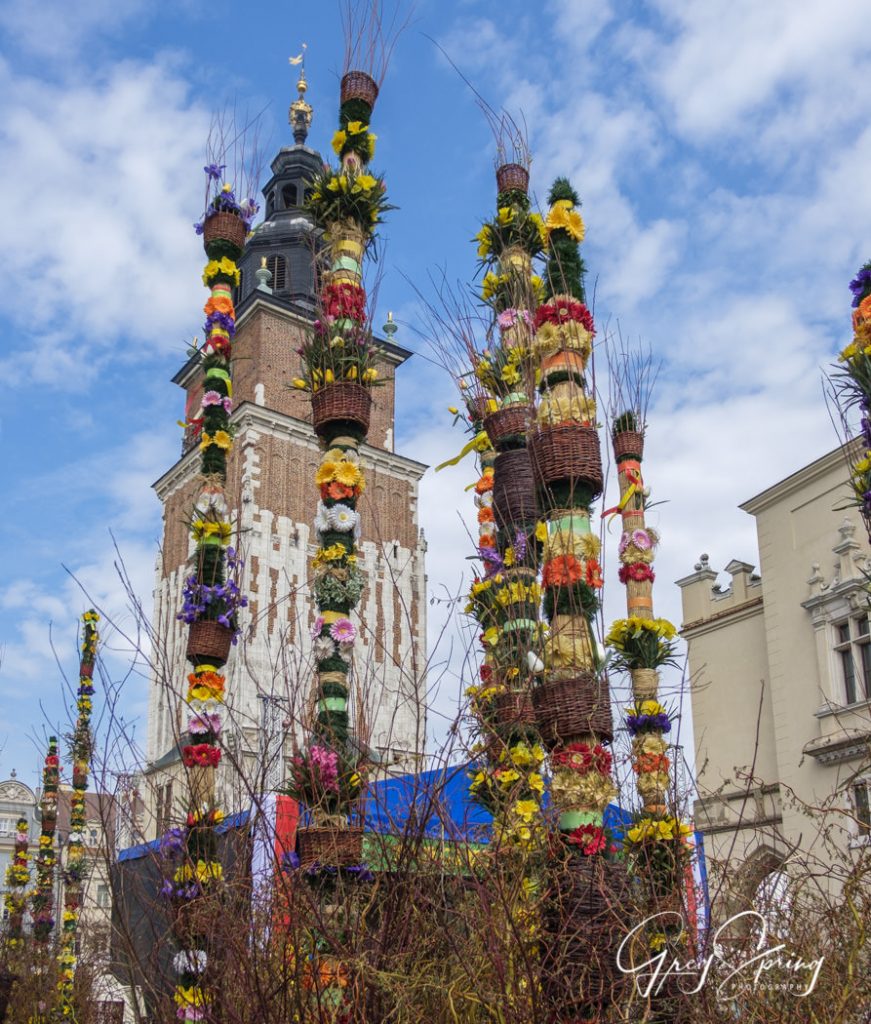
Holy Week is a solemn time in Polish homes where each day is marked by a progression of customs which lead to Easter. Spring cleaning winds up by Wednesday and on Holy Thursday, everything goes quiet with the anticipation of the somber Good Friday. On the evening of Holy Thursday, the last formal mass of the week is said after which the organ and bells go quiet until Easter Sunday. Singing is a capella – without instrumental accompaniment – through the rest of the week. Children have it hardest on Good Friday, as I remember, because they are under constant admonition to stop shouting, stop running, stop fighting, and don’t turn on that television. And now in 2019 we add, iPad, smartphone and all other flashing, noisy, electronic devices. The house is tomb-quiet with wafts of baking and Easter lilies in the air.
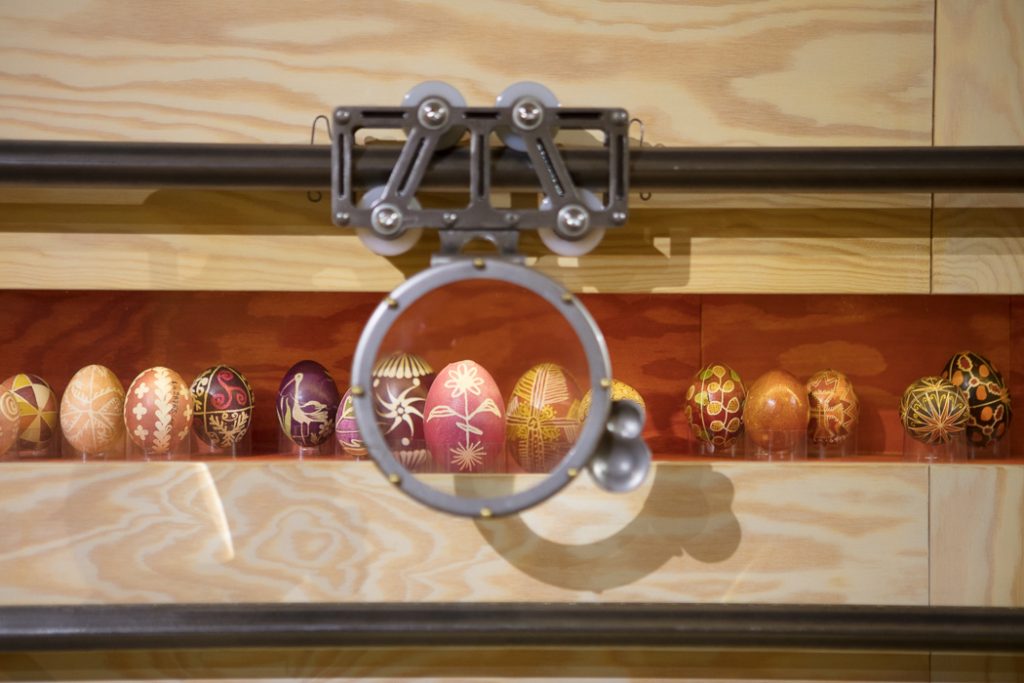
*From the Ethnographic Museum in Kraków.
The Egg
The most important symbol of Easter is the egg which denotes fertility, resurrection and renewal. According to ethnologists, ancient tribes revered the Egg as a source from which the world had sprung and developed from chaos to order. Derived from our pagan past, through the ages, eggs were reverently decorated at Easter as metaphors for the derivation of life.

The art of Slavic egg decoration is renown and unique. The techniques that have developed in Ukraine, Lithuania, Croatia, Poland and Russia are each a little different. But it is certain that the Slavic artform of Easter egg decoration is complicated. The decorated eggs are called ‘pisanki‘ (pee-san-key) in Polish. One of the techniques executes the design in stages with the use of hot wax and multiple submersions in dye. Usually, the egg is blown out of the shell before it is decorated and painted.

There is a very simple form called “drapanki” (d-rap-on-key) which is a scratched design. This is a very natural process where the brown skins of onions are boiled until the water turns a deep brown. The onion skins have been saved over months just for this process. Water from boiling beets can also be used for a reddish color. The white eggs are then boiled in the brown onion or red beet water. After the egg is cooled, a straight pin or some very sharp metal object is used to scratch out a design in a paler shade underneath the natural dye. Any kind of egg-decorating in these art forms is intensive and difficult. It requires quiet concentration. It is not surprising that this time was often used as a meditative period – again in reverence to the symbol of the egg.
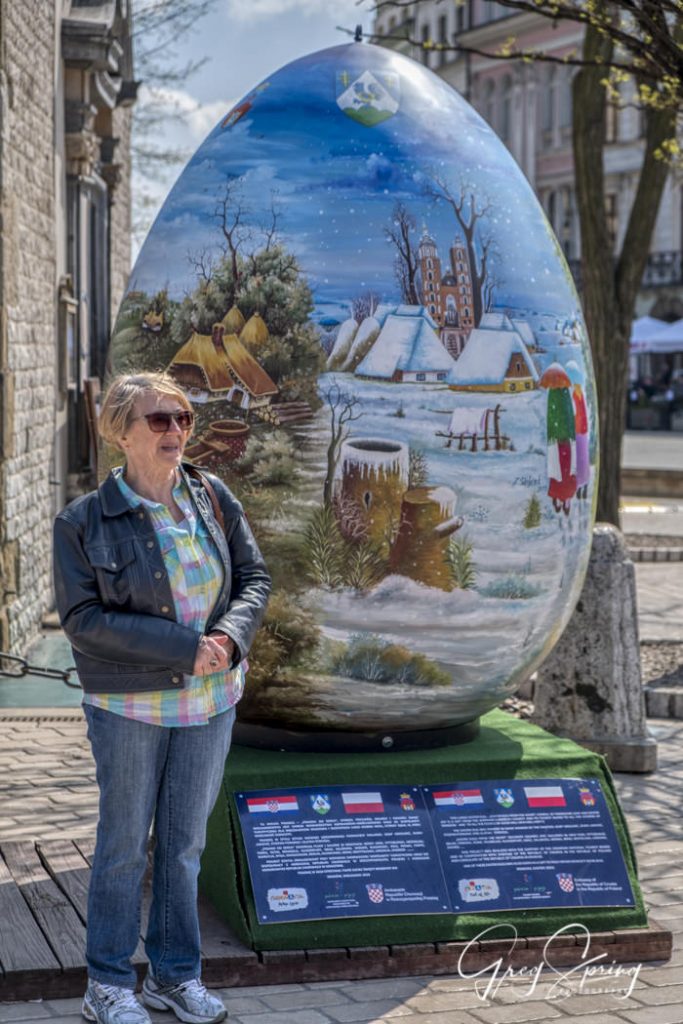
A gift of a decorated egg from Croatia to Kraków. On display at the Easter Fair 2019.
The Final Day Before the Resurrection
The melding of the pagan and Christian rites recurs in the vigil service of Holy Saturday, the day before Easter Sunday. A church liturgy is held to bless the new fire and water, both essential to new life. The community gathers outdoors in darkness to build the new Easter fire which is then used to light a very large Pascal candle symbolic of resurrection. The congregation lights their own small candles from the Pascal candle. The light is then carried into the dark church. The small flickering lights entering the yawning dark church is a symbol of overcoming death.
Water, the other symbolic blessing, is essential to the new life of the fields and the crops. In the early Church, new members were baptized at Easter. Baptism, particularly by immersion, symbolizes a kind of ‘drowning’ to one’s old life and rising to a new one.

Finally, Holy Saturday dawns with the knowledge that the worst is past and something unexpected and joyful hangs in the air. Out on the streets of Kraków, there are families coming out of their parked cars and walking towards the churches with small baskets covered with linen and greens. They are bringing the baskets of symbolic food to be blessed in the custom called “Święczonka” (Shv-en-cyon-ka). It is a singular event marking Holy Saturday in Polish homes worldwide. All afternoon, they arrive inside the church with their baskets of varying sizes, decor, and ingredients. The baskets are placed on a table near the sanctuary where the priest appears on a regular schedule to perform the blessing.
The basket decorations are artful and subdued. Traditionally, green boxwood sprigs are tucked in the sides and the basket is lined and covered with crisp white linens. There are no marshmallow peeps or jelly beans in these baskets. They contain small amounts of specific symbolic foods which the family will share at Easter breakfast. There are hard boiled eggs, salt, bread, horseradish conserve, a small sweet baked bread and perhaps some kind of smoked meat. Sugar lambs or molded butter lambs are sometimes placed in the basket. This is the Pascal lamb with red cross emblazoned on a banner, a symbol of the resurrected Christ.  The three-part blessing specifically addresses the contents of the baskets, with special prayers for the meats, eggs, cakes, and breads. The baskets are then cleared away and a new crop appears for the next blessing. The children are especially vested in this practice as they proudly carry and set their baskets on the table in church. The blessed food is eaten Easter Sunday morning during the traditional breakfast when each family member must sample every food sharing joyful wishes for the new season.
The three-part blessing specifically addresses the contents of the baskets, with special prayers for the meats, eggs, cakes, and breads. The baskets are then cleared away and a new crop appears for the next blessing. The children are especially vested in this practice as they proudly carry and set their baskets on the table in church. The blessed food is eaten Easter Sunday morning during the traditional breakfast when each family member must sample every food sharing joyful wishes for the new season.
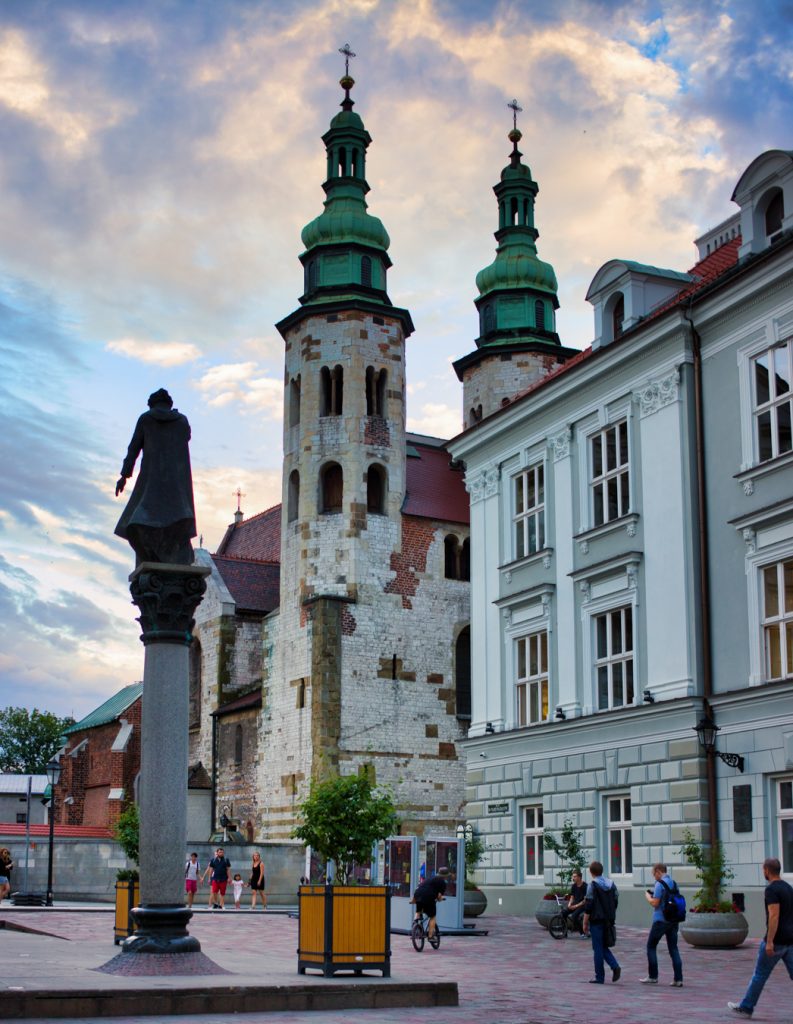
Suddenly It’s Easter Sunday
On Easter Sunday, at the first mass at dawn, the bells are rung again with great vigor as if they were reborn. There has been no music since Holy Thursday night. The priest comes out of the sacristy with the full regalia of monstrance, crosses, bells, incense, servers and deacons. The organ swells in a tremendous refrain: “Wesoły nam Dzień Dziś Nastał” Loosely this means ‘Joyful that this day He rose for us”. The song goes on for many refrains as the priestly group walk in procession around the interior of the church 3 times. In some Polish churches I have attended, the entire congregation walked in the grey dark of dawn outside of the church whether or not weather permitted. The bells and the singing reverberate in the early morning along with the birds and the rising sun. The statue of the deceased Jesus, which has lain in his constructed life-size dioramic tomb since Friday, has disappeared from the grotto and only a white sheet remains with a Pascal banner. After mass, we all go home to eat our holy egg with the family.
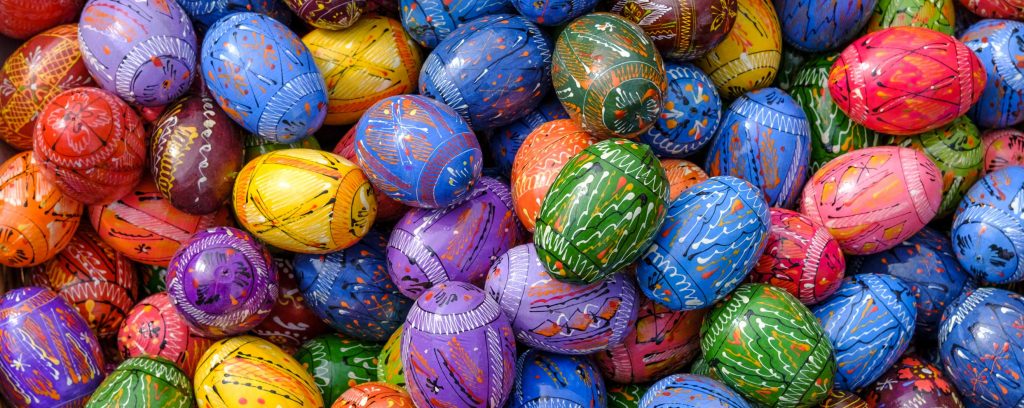 https://poland.pl/tourism/traditions-and-holidays/easter-old-poland/?fbclid=IwAR0X5zkcV3MSWuimbK2Gj1maDYnfhUXV5PiWNnDeC63BrYPpABgaxIsit-8
https://poland.pl/tourism/traditions-and-holidays/easter-old-poland/?fbclid=IwAR0X5zkcV3MSWuimbK2Gj1maDYnfhUXV5PiWNnDeC63BrYPpABgaxIsit-8
Easter Fair – Time and Place to Celebrate out in the City
Easter afternoon releases the children from their forced torpor. In Kraków, an Easter fair is held in the Rynek Glówny, the central old medieval square. The area is decorated with tall, vividly decorated palmy totems representing the palm fronds that are distributed in the churches on Palm Sunday. And yes, the stork symbols are here. There are booths spilling over with crafts, food, tourists and locals. Baskets of the ubiquitous Easter egg designed only as it can be in Eastern Europe are on display for sale in the market stalls. There is lace-making and kielbasa-grilling. Folk music drifts from a stage set in the middle of the bazaar where colorfully costumed groups from different regions of the Małopolska province gather to sing, stomp, play instruments, and generally direct the festivities.

Easter means many different things depending on culture, religious affiliation, and upbringing. After welcoming the storks, saluting with agrarian palemki, listening to solemn classical liturgies, eating blessed eggs and an abundance of smoked foods, we gather as a global family with hope for safe, sustaining weather so that the season of budding trees and plants, ploughing fields, and nurturing animals will bring us to a harvest at the end of a summer that garners enough bounty to sustain through another winter.
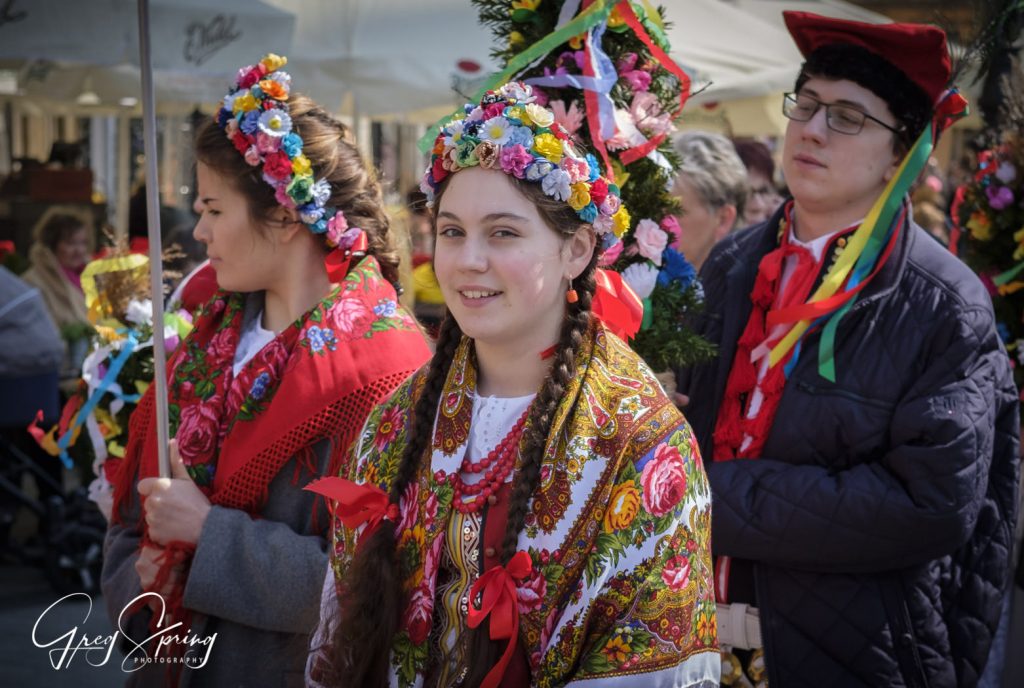
In Polish, there is a special expression of an Easter greeting that goes: “Wesołego Alleluja” (Ve-sow-weh-go Alleluja). Literally, that translates to “Happy Alleluja”. There is another Easter greeting for epicureans and children: “Smacznego Jajeczko” (Sma-che-ne-go Yay-eh-chew-ko). This translates to a wish for a “Delicious Egg”! Enjoy your blessed egg and your chocolate egg alike in celebration of life and bounty and joy.
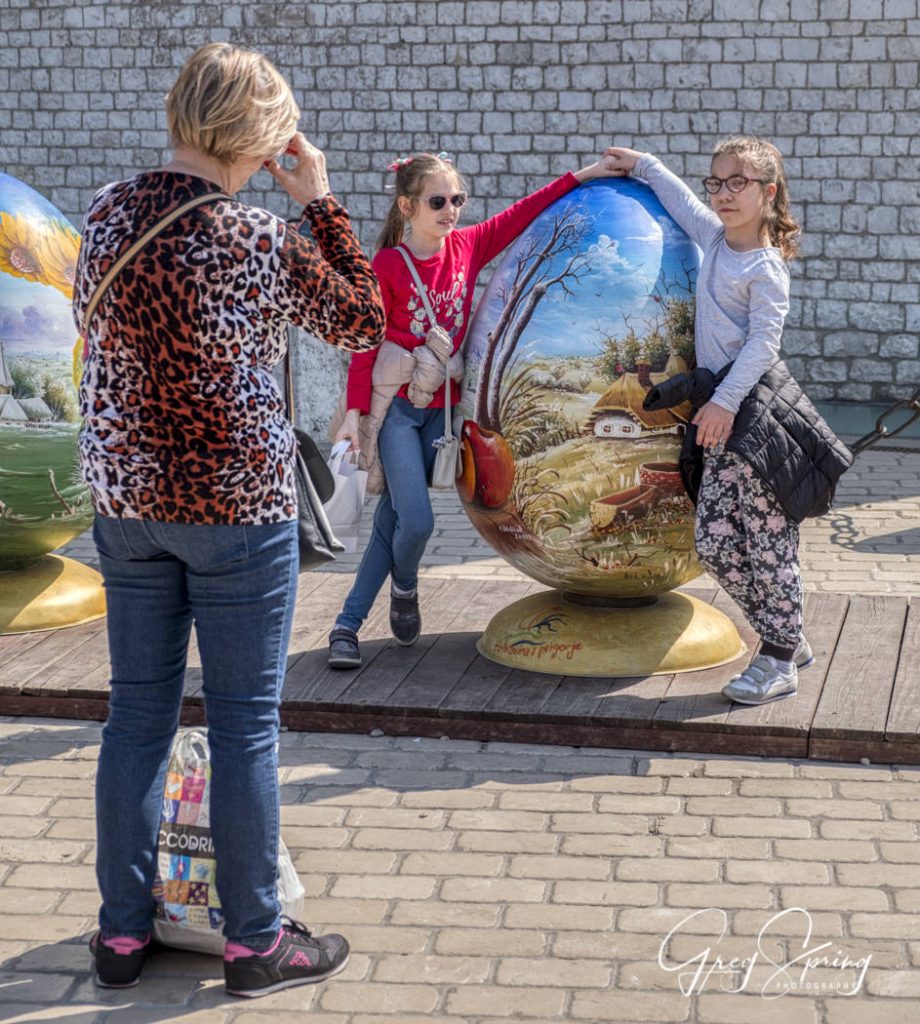
One More Easter Tradition – Dingus Day on Monday
We can’t write about Polish Easter without mentioning the Easter Monday celebration of the Dingus Day. Beware if you are a pedestrian on any sidewalk or path in Poland on the day after Easter. The Smigus Dingus or Wet Monday used to be about chasing and tagging girls with pussy willow branches and sprinkling them with water. It originated in the 10th century before the conversion of Polish tribes to Christianity. To convert the people to the new religion, pagan customs were assimilated with the Catholic rites. Splashing water on girls was one of these customs. Smigus Dingus is still practiced with a lot of hilarity that is not always in line with religious decorum.

Close your windows and watch out for open doors even when riding the tram in the city because young people are likely to empty cups (buckets are no longer permitted) of water into the open doors to dampen transit riders. Pedestrians must be doubly prepared for a water shower in the street. Plastic super soakers are being sold in preparation for water fun on the streets. It’s a frolic but since getting wet can be a drag, hide-and-seek is part of the game. I say wear a raincoat, carry an open umbrella, and fight back.
* You can enjoy the high art of the Polish Easter Egg at the Ethnographic Museum on the Plac Wołnica in Kraków. http://etnomuzeum.eu/plan-your-visit The pisanki eggs are displayed in a colorfully rustic room with a contemporary flair.
https://www.thespruce.com/palm-sunday-in-poland-1136993
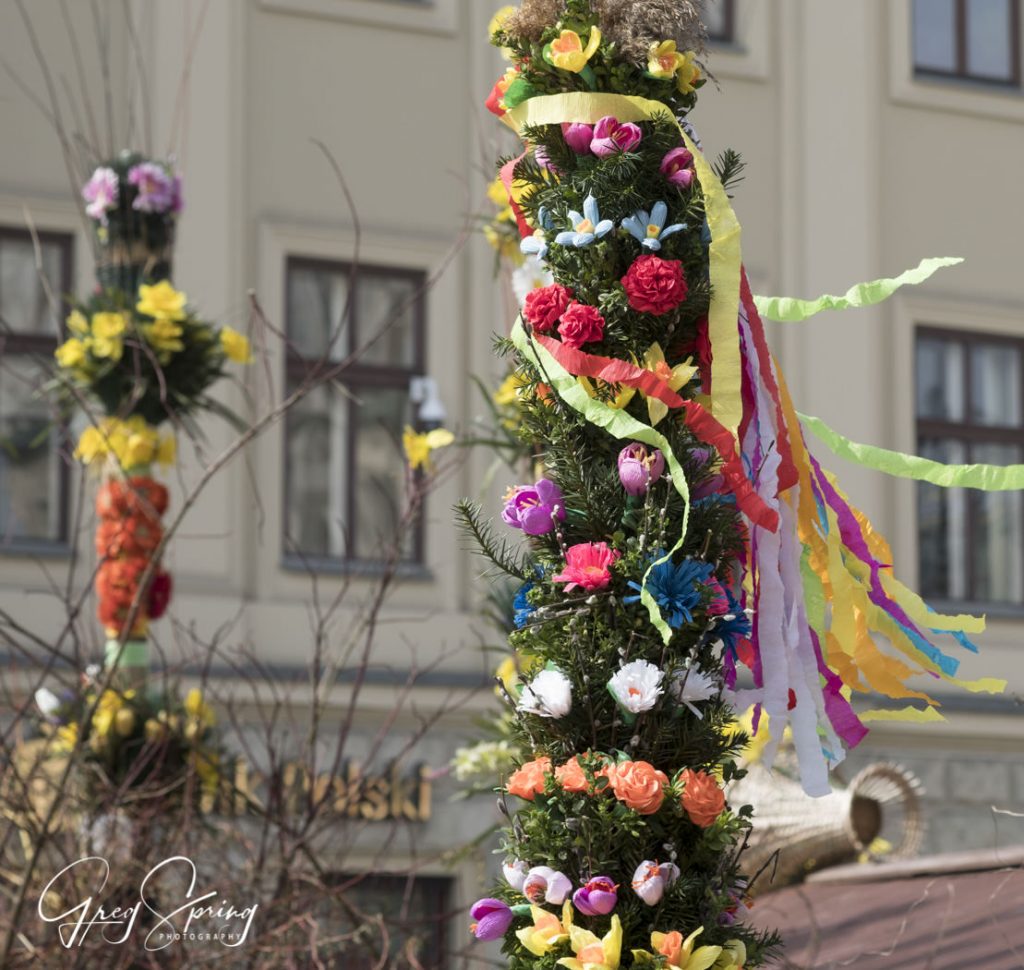
“Why Poland?” is a blog written and produced by Grace Nagiecka with photos by Gregory Spring. Kraków, Poland 2019.
We invite you to visit our other blog pages, “Wanderlusting Dreams” and “Greg Spring Photography”. You will find the links on the menu tabs on the main page. Thank you for supporting us.
